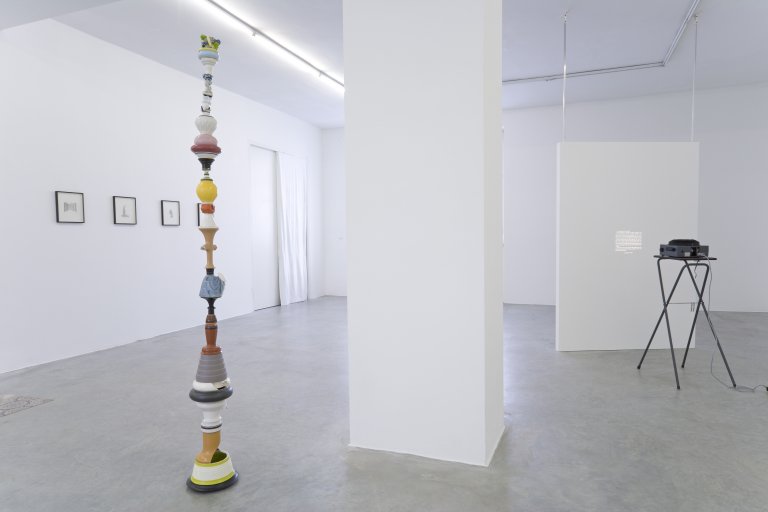
Installation view
Christian Andersson, Ann Böttcher, Jonas Dahlberg, Gunilla Klingberg, Sirous Namazi, Magnus Wallin
»Group exhibition«
Berlin, March 18, 2006 - April 21, 2006
Galerie Nordenhake is pleased to present a group show with emerging Swedish artists. All of them have exhibited extensively abroad, have participated in several studio programmes and were honoured scholarships. At the moment the work of Andersson, Böttcher, Dahlberg, Klingberg, Namazi, and Wallin is presented in “The Moderna Exhibition 2006”, a survey of contemporary Swedish art, at the Moderna Museet, Stockholm.
In Christian Andersson’s work Soft Drink Stand (2001) a slide projector beams a science fiction text from 1959 onto a freestanding wall. The text by Philip K. Dick recounts how the reality of the protagonist turns into a mere description of itself. Both the uncertainties and the experience of the character in the novel get appropriated by the viewer when the projected text seems to pierce the solid wall and its mirror image looms on the other side of the wall. Thus the space in between becomes the theme in Andersson’s work. The viewer is offered a glimpse of a kind of third reality, a place that is neither really physical nor knowable.
Christian Andersson was born 1973 in Stockholm and lives and works in Malmö. He has exhibited internationally and among his shows in 2005 are a solo show at Galerie Nordenhake, Berlin, More than this!, Gothenburg International Art Biennial, OK/OKAY, Swiss Institute and Grey Art Gallery, New York, and Adam, at Smart Project Space, Amsterdam.
For this show young artist Ann Böttcher has created a group of four extraordinary delicate pencil drawings titled Germania and the Weeping Spruces (2006). The first drawing renders bullet riddled neo-classical columns, and the three others depict weeping spruces. In the title Böttcher refers to Tacitus’ work “Germania” and the battle of Teutoburger Forest, where the Romans lost three legions against the Germans in 9 AD. Tacitus described the Germans “as natural in their surroundings as the native trees and plants.” Later in the 1930s Walther Schönichen, a minister within the Forest and Nature Department of the Third Reich, made his own photographical work of German primeval forests, where he depicted spruces in a way that made you think of soldiers. In her work the artist explores the relation between nature and nationalism and studies the iconography of nature as a symbol for establishing territorial claims or national identity.
Ann Böttcher was born in 1973 in Bruzaholm and lives and works in Stockholm and New York. Böttcher has had a solo show at Moderna Museet, Stockholm, 2005 and was for example included in Delayed on Time, Museum of Contemporary Art, Zagreb, 2004, and Le Songe d’une nuit d’été, Magasin 3 Stockholm Konsthall and Centre Culturel Suédois, Paris, 2003. At the moment she is participating in the ISCP studio programme in New York.
In Safe Zones No 9 (2004) Jonas Dahlberg plays with our perception. A former student of architecture, he brings together two contrasting ways of relating to space: films and models. The work consists of a monitor showing surveillance camera footage of restrooms and four models that recreate men’s and lady’s restrooms. The models were done with simple materials from the architect’s studio and conducted with high precision and attention to small details like the recreation of door handles. Nevertheless they are not perfect trompe l’oeils but as the rough surface of the sinks and urinals or the flush handles, which were cut out from thin plastic with varying precision, indicate their look was adjusted to the reproductive capacities of the camera-eye. In fact the live feed in the monitor doesn’t come from a real restroom but from the models. What we are looking at is a fictionalised architecture. A recurring element in Jonas Dahlberg's works is the methodology of surveillance. Seeing or being seen, real world or fiction – the shift between these positions in his work creates a feeling of spatial ambivalence and also an interplay between active and passive surveillance.
Jonas Dahlberg, born in 1970 Uddevalla, lives and works in Stockholm. He has had numerous exhibitions worldwide and participated in São Paulo Biennial 2004, Venice Biennale 2003, and Manifesta 2002. Last year he had a comprehensive exhibition at Moderna Museet, Stockholm and exhibited together with Jan Mancuska at the Bonner Kunstverein, the show travels and will open in April at Neue Kunsthalle St. Gallen. He had a solo show at Galerie Nordenhake in 2004.
In one corner of the gallery space Gunilla Klingberg has covered the floor with beautifully ornamented linoleum tiles. Her work Repeat Pattern (2004) appears as a total environment consisting of a minimalist landscape with cubes covered with linoleum and a mirror globe assembled out of two ordinary supermarket surveillance mirrors hanging from the ceiling. The black linoleum pattern is composed of logotypes from cut-price supermarkets like Aldi, Lidl, or Spar. On the walls two text objects are placed. They were laser-cut from mirror glass and quote words of New Age-wisdom from Deepak Chopra. Klingberg often employs symbols that are visible in every day life, and thus points to our own boring, basic needs and the many everyday doings we perform to satisfy them. In her work the artist grapples with the complex question whether it is possible to turn even the most ordinary rituals, such as buying food in a supermarket, into something spiritual.
Gunilla Klingberg was born 1966 in Stockholm, where she still lives and works. She exhibited regularly since 1997. Among her recent shows are Mantric Mutation ll - A Whiter Shade of Pale, Stade, 2005, What Business Are You In, Atlanta Contemporary Art Center 2005, KIASMA Museum of Contemporary Art, Studio K, Helsinki, 2004, ReShape!, in collaboration with Peter Geschwind, curated by IASPIS at the Venice Biennale 2003, Kunstverein Langenhagen, 2003, Mantric Mutation, Galerie Nordenhake Stockholm, 2003, and Künstlerhaus Bethanien, Berlin, 2002.
Sirous Namazi’s aesthetics has its foundation in formal, painterly and minimalist problems and his emphasis is the process behind a work as much as the final result. Namazi presents one of his colourful – although brittle – porcelain columns from his Patterns of Failure series from 2005. One trait of Namazi’s work is the exploration of the notion of failure in the artistic production process, and a “faux pas" was also involved in making the columns. In a rather uncontrolled act Namazi smashed the porcelain household goods he had bought second hand and then glued them together in search for a possible balance among the fragments. The destructive gesture is a starting-point for something new and stands in stark contrast to Namazi’s precision and sensitivity in building up the tall fragile structure and the work’s painterly composition. The title of the series originated from a website dedicated to case studies on collapsed buildings.
Sirous Namazi, 1970 born in Kerman, Iran, and lives and works in Malmö. His works were presented in several shows, such as Carnegie Art Award, Henie Onsad Kunstsenter, Oslo, 2005, Momentum, Moss, Norway, 2004, Udda veckor, Moderna Museet, Stockholm, and Nya namn, Malmö Konstmuseum, both 2003. He had solo shows at Galerie Nordenhake in 2005 and 2004.
In his most recent project Horizon (2005) Magnus Wallin has had two prosthetic eyes made in glass as exact copies of his own eyes. The starting-point for the work is the history of medicine, and it refers to an image of a weeping skeleton from Andreas Vesalius’ 1543 anatomical atlas “De Humani Corporis Fabrica”. The glass eyes are fixed to the wall at eye-level. The whites of the eyes have a pinkish tone, and numerous blood vessels can be clearly seen. The bloodshot eyes look as if they have just been weeping, which provides the object with an emotional charge. Wallin’s animation film Anatomic Flop (2003) is made in one take as if it was filmed in real time. Eight anatomy models prepare for a 100-meter race. A giant winged hourglass sets off the race but suddenly a heavy stroke from the wings beats them back towards the starting line, and the race will have to begin again. As in many of his films the protagonists are caught in a repetitive circle since they will never reach the finishing line. The winged hourglass is a symbol of the inevitable passing of time and acts in the film like a prime mover.
Magnus Wallin, born in 1965 Kåseberga, lives and works in Malmö. Wallin had numerous exhibitions worldwide, among his latest are Kiss the Frog!-The Art of Transformation, National Museum Oslo, 2005, Firewall, Württembergischer Kunstverein, Stuttgart and Ausstellungshalle zeitgenössische Kunst Münster, Germany, 2005/4, and Seville Biennial 2004. In 2001 he participated in the Venice Biennial. In 2003 and 2001 he had solo shows at Galerie Nordenhake.
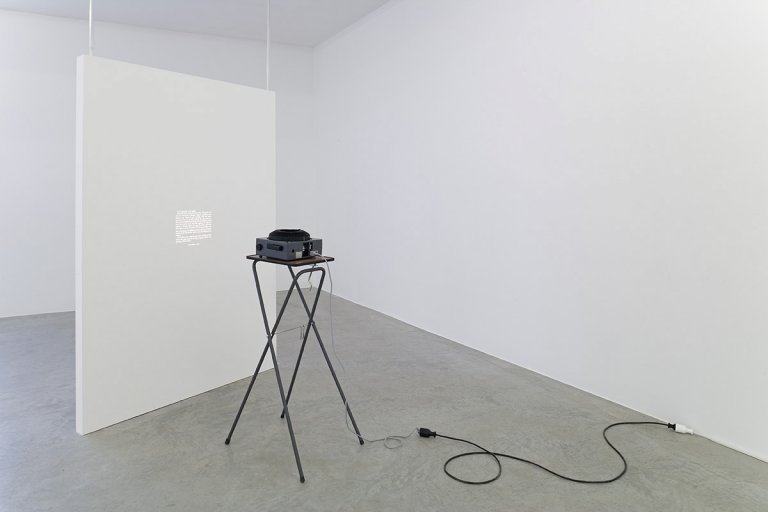
Christian Andersson: Soft Drink Stand, 2000-2006, installation, variable dimensions
(text excerpt from Time Out of Joint, 1959, by Philip K. Dick)
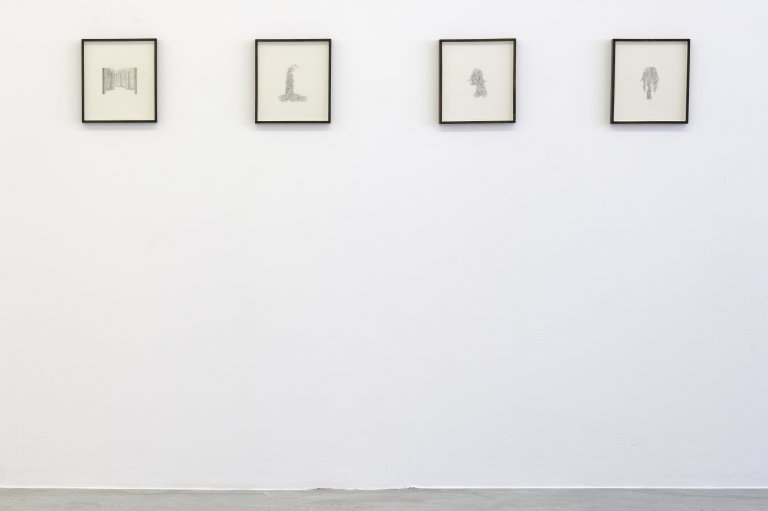
Ann Böttcher: Germania and the Weeping Spruces, 2006,
pencil on paper, 4 x 26,5 x 29,7 cm
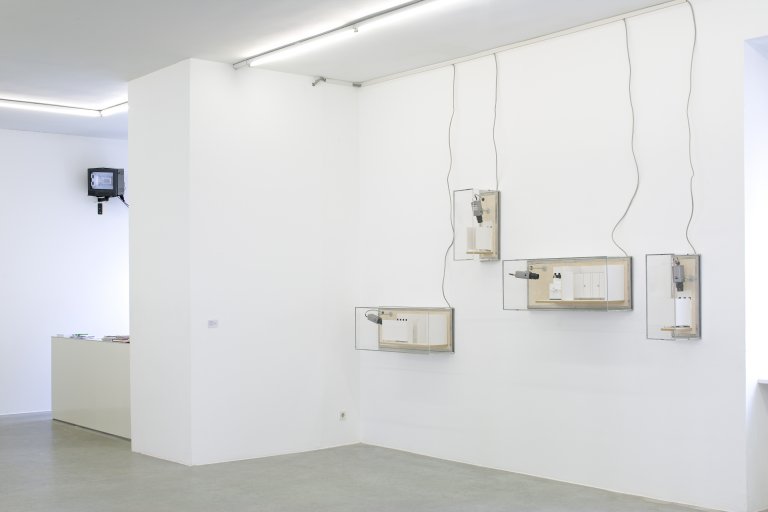
Jonas Dahlberg: Safe Zones No 9 (Austellungshalle Zeitgenössiche Kunst Münster), 2004, mixed media, 4 architectural models each equipped with a surveillance camera, 1 B/W monitor 40 x 101 x 31 cm, 58 x 23.5 x 32 cm, 39.5 x 101.5 x 30.5 cm, 58 x 23.5 x 32 cm
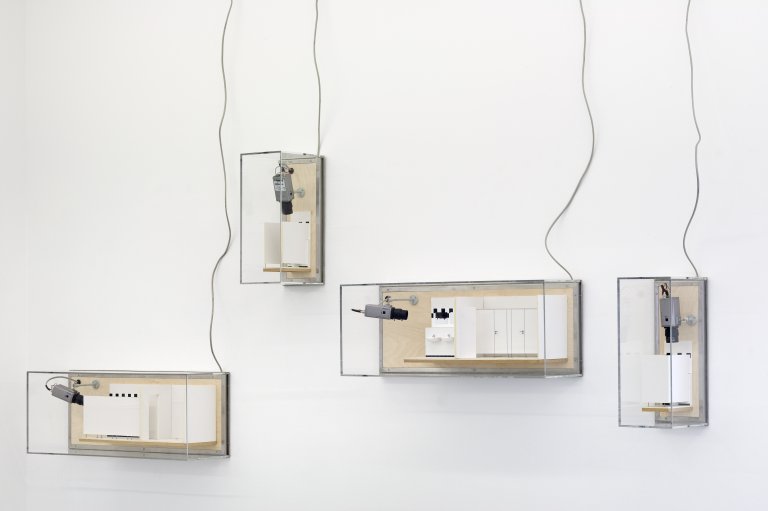
Jonas Dahlberg: Safe Zones No 9 (Austellungshalle Zeitgenössiche Kunst Münster), 2004, detail
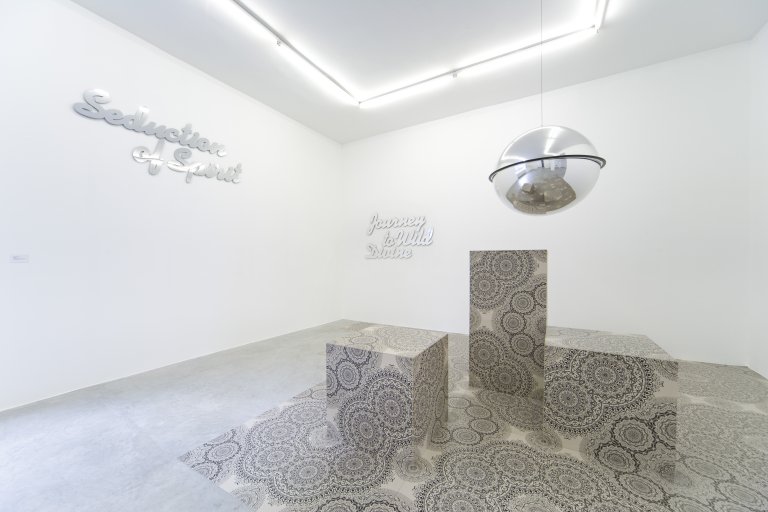
Gunilla Klingberg: Repeat Pattern, 2004-2006, installation with linoleum flooring, surveillance mirror and acrylic glass
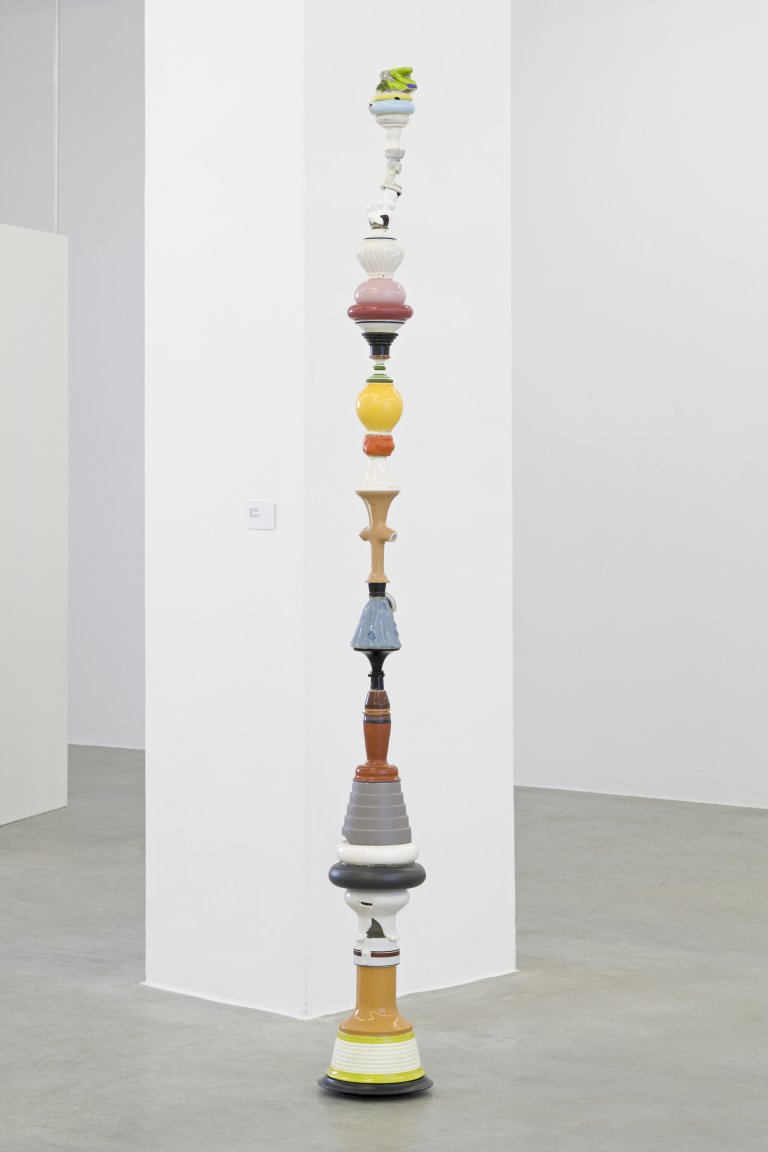
Sirous Namazi: Patterns of Failure, 2005, epoxy glue,
porcelain, 220 x 25 x 25 cm
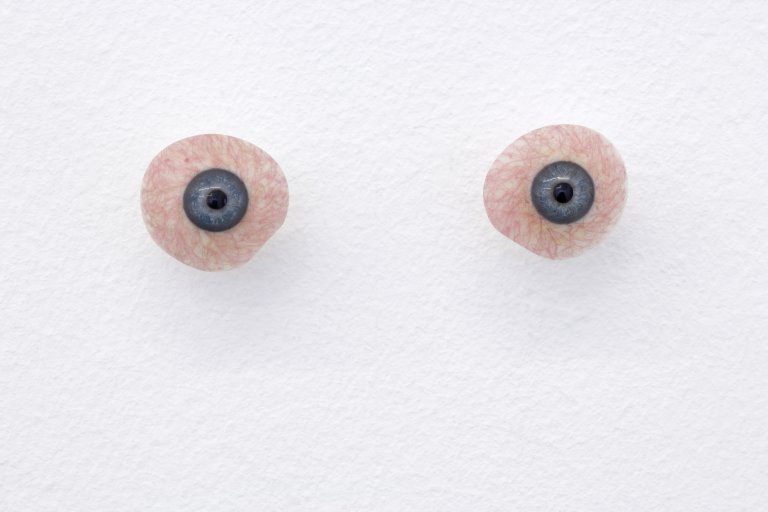
Magnus Wallin: Horizon, 2005 glass, metal casing, 14 x 4 x 6 cm